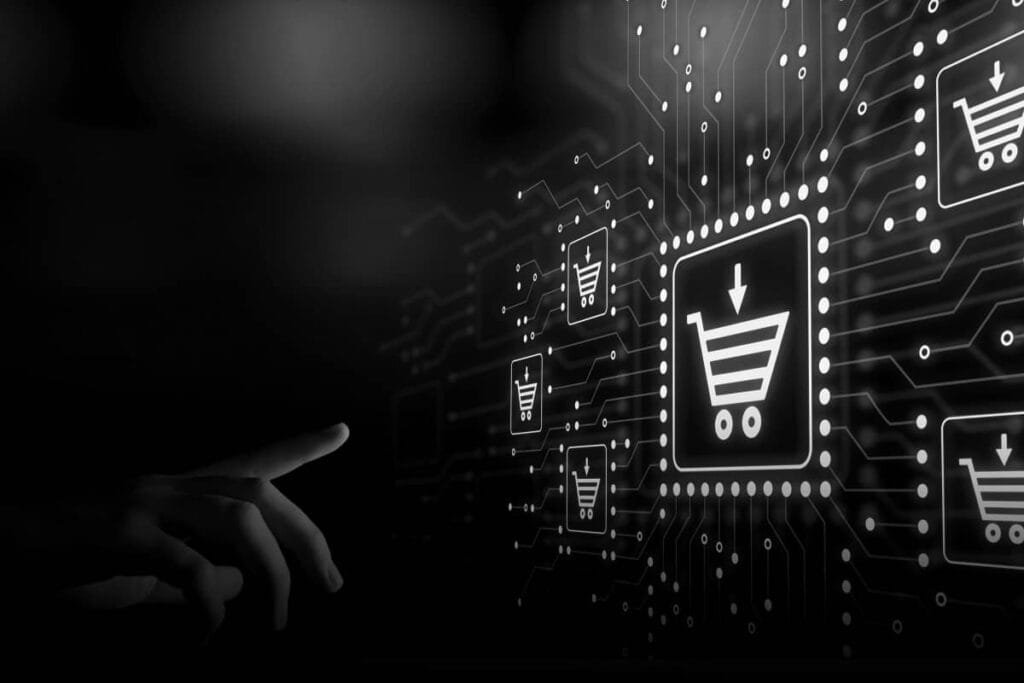As data-driven technology continues to advance and companies shift more towards leaner operations, organizations across various industries are increasingly looking for practical solutions that can help them scale with speed and agility.
As retailers face unique challenges in 2023, harnessing the latest technological advancements is key to remaining competitive. A great digital solution for retailer fraternity would be in high demand.
From emerging data science tools to automation technologies — there is an abundance of new retail solutions available that promote smarter workflows, better customer experiences, and cost savings.
Let’s discuss some of the top solution trends taking shape in 2023, which all business owners need to take note of!
1. Investing in Digital Tools for Seamless Shopping Experiences
Since technology continues to evolve, it’s no surprise that the way we shop is changing too. With the continued growth of e-commerce, businesses must invest in digital tools that allow for seamless shopping experiences.
From personalized recommendations based on a customer’s browsing history to mobile-friendly websites that allow for easy purchasing on the go, digital tools provide a level of convenience that is unmatched by traditional brick-and-mortar stores.
Investing in these tools benefits not only customers but also businesses, as they can gather valuable data on customer behaviour and preferences to improve their products and services.
It’s clear that the future of shopping is digital, and those who embrace this trend by investing in the right tools will be ahead of the curve.
2. Adopting Machine Learning and AI Solutions to Improve Inventory Management
Inventory management can be a complicated, time-consuming task that requires constant attention to details and real-time data.
Gladly, the advancements in machine learning and AI solutions can help streamline these processes by automating mundane tasks, such as data entry and stock counting, allowing for faster, more efficient inventory management.
By adopting these technologies, businesses can eliminate human error and gain real-time insights into inventory levels, demand trends, and optimal stocking levels.
With improved inventory management comes increased profits, better customer satisfaction, and a competitive edge in the marketplace.
So why not take advantage of these powerful tools to improve your business’s inventory management? The results may very well exceed your expectations.
3. Leveraging BPA & RPA for Supply Chain Efficiency
The world of supply chain management can be complex and overwhelming, especially for businesses that have a high volume of orders to fulfill.
That’s where Robotic Process Automation (RPA) and Business Process Automation (BPA) come in. By automating routine tasks such as order processing, inventory management, and shipping, RPA can help organizations streamline their supply chain operations.
Furthermore, BPA and RPA can help eliminate errors and reduce processing times, thus improving overall efficiency. With these such a digital solution for retailer community in place in place, businesses can free up valuable time and resources to focus on other areas of their operations and ultimately enhance their bottom line.
By leveraging the power of automation, companies can stay ahead of the curve in a highly competitive marketplace.
4. Utilizing Augmented Reality in Retail Stores to Create Innovative Experiences
Shopping has become more than just purchasing products. The retail industry is constantly looking for ways to bring in customers and offer them an unforgettable experience. This is where augmented reality technology comes into play.
Augmented reality enhances the shopping experience by creating an interactive and immersive environment. It enables customers to try on clothes, see furniture in their homes, and even visualize how makeup will look on their faces.
With the power of augmented reality, retail stores can provide customers with an opportunity to engage with their products in a way that was never possible before.
By providing innovative experiences, augmented reality is shaping the future of retail and revolutionizing the way customers shop.
5. Enabling Voice Commerce for Customers on the Go
As consumers, we are constantly on the move, juggling countless tasks and responsibilities each day.
Whether we are running errands, commuting to work, or just enjoying some downtime, we don’t always have the time or energy to sit down and browse through a variety of online shopping options. That’s why voice commerce has become such a game-changer.
By allowing us to make purchases simply by speaking commands into our devices, voice commerce enables us to shop quickly and easily wherever we are.
This revolutionary technology is poised to transform the way we shop and interact with retailers, making it easier than ever before to get what we need and stay on top of our busy lives.
6. Implementing Omnichannel Strategies to Connect with Customers Everywhere
Connecting with customers is more important than ever. And with the rise of multiple communication channels, implementing omnichannel strategies has become crucial for businesses trying to reach audiences everywhere.
Whether it’s through social media, email, phone, or in-person interactions, customers expect seamless communication experiences.
A successful omnichannel approach involves providing consistent messaging across all platforms while also customizing content for each channel.
This way, businesses can create a personalized and satisfactory experience for customers, ultimately leading to increased loyalty and revenue. So, it’s time to embrace the omnichannel strategy and connect with customers everywhere.
Conclusion
In conclusion, the retail landscape has changed significantly in recent years, and it’s becoming essential for organizations to adopt digital technologies to build efficient remote teams.
With the right strategies, tools, and more, businesses can leverage modern technologies like digital tools for seamless shopping experiences, machine learning for inventory management, RPA for supply chain efficiency, augmented reality in stores to create innovative experiences, voice commerce for customers on the go, and omnichannel strategies to drive success.
All of these tools are critical components of creating remote teams that can increase customer satisfaction and help an organization reach its goals in 2023 and beyond.
